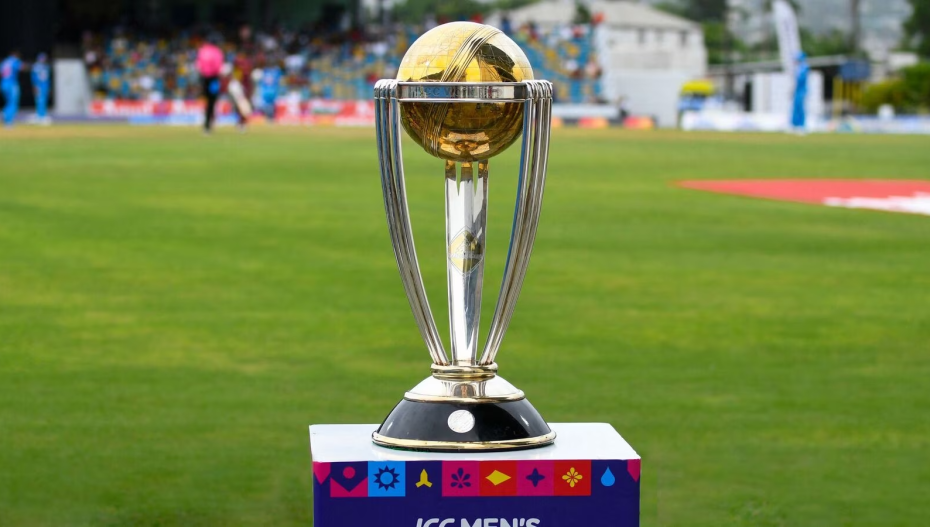The ongoing 50-overs World Cup in India reiterates cricket’s hold on the country’s masses and the enormous opportunities it offers, which was unthinkable before Kapil’s Devils won the 1983 Prudential World Cup.
The BCCI has enormous influence in international cricket, not just because of the grassroots talent, but also on account of the revenue
Indian brands contribute.
As an article in The Print points out, just three of the 15 players on the current World Cup squad have a college degree. This demonstrates cricket’s early career start and the financial opportunities it offers. The rigid doctor-engineer dream is no longer shared by the working class in India.
The article notes that cricket is being decolonised, and small-town India—where people buy pan masalas, reasonably priced deodorants, compact cars, and electric scooters—is the major sponsor of the competition.
It’s a phenomenon that is evident each time India takes the field. Aggression is not confined to Virat Kohli’s West Delhi. Commoners from Hyderabad and Ahmedabad, Mohammed Siraj and Jasprit Bumrah, respectively, are now displaying their small-town strength in cricket.
Naturally, Indian cricket has shot through the roof and it’s showing in the financial ledgers.
For $2 billion, Star Sports purchased the digital and television broadcasting rights to every International Cricket Council match from 2015 to 2023.
Thirty-five years later, the competition is being led by new brands that are showcasing more affordable, working-class products. This year’s World Cup has no official title sponsors, but domestic companies like Bira, Polycab, and Byju’s are among its official partners. Nine Indians are among the 18 primary sponsors of the 2023 edition.
As The Print observes, the storylines of these brands make it clear that they are attempting to appeal to small-town India. Glamorous ads for kifayati and rural India have taken over. The deodorant company Fogg, which built its reputation on providing deodorant rather than “gas,” as many international brands do, is still running its enduring World Cup campaign.
Perhaps the most memorable slogan of the internet age is “Fogg chal raha hai,” which people think of when they see a man and a woman enduring a storm during which only romance and the smell of Fogg endure.
“If you look at the biggest viewership numbers, they’re not coming from the metros. Rajkot, Indore, Vijayawada are some of the examples of Tier-2 cities which are bringing a chunk of viewership of live cricket,” Arvind Sahay, director of Management Development Institute in Gurugram, was quoted as saying by The Print.
“There’s a certain prestige involved in advertising during cricket,” Vikas Gupta, former CEO of Coca-Cola India, said, detailing why a lot of brands with audiences in the form of tractors, cement, and deodorants advertise during marquee cricket tournaments.
“And with the high advertising rates, it makes sense for brands with a larger volume to buy ad slots. Cricket has the widest demographic in India,” he said.
For a 10-second spot during the World Cup, brands are asking up to Rs 30 lakh. The Compound Annual Growth Rate (CAGR) of advertising during cricket is a startling 40%, according to Statista.
“Super Bowl viewership in America peaks at 140 million. Indian World Cup matches are inviting 4 crore viewers just in India (in league stages). The viewership has also changed. Villagers are watching cricket, and eco systems are being built to cater to this audience. Aspirational products for people earning Rs 30-40,000 a month are also sold, but it’s not like brands for the urban elite will completely vanish. There’s a compendium of brands advertising during cricket,” Sahay told the media house.
Aman Misra, a sports sociology PhD scholar at the University of Tennessee, Knoxville, told The Print, “Aspiring cricketers who must be learning the sport in their own languages, could suffer from a loss in translation if all matches were available to watch only in English. The understanding of the game improves significantly if they watch the sport in their mother tongue, and makes the game more accessible.”
Also Read: Home, the means to be super energetic during work, says expert












